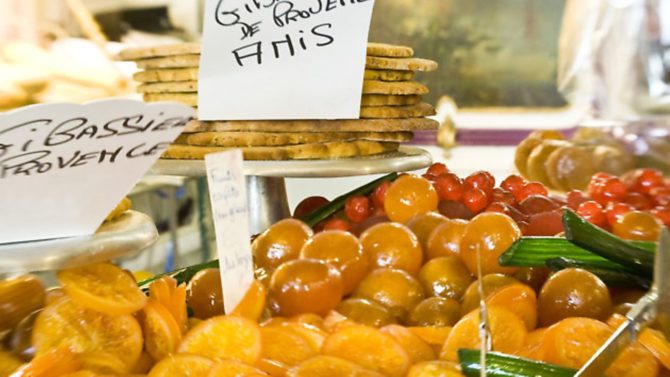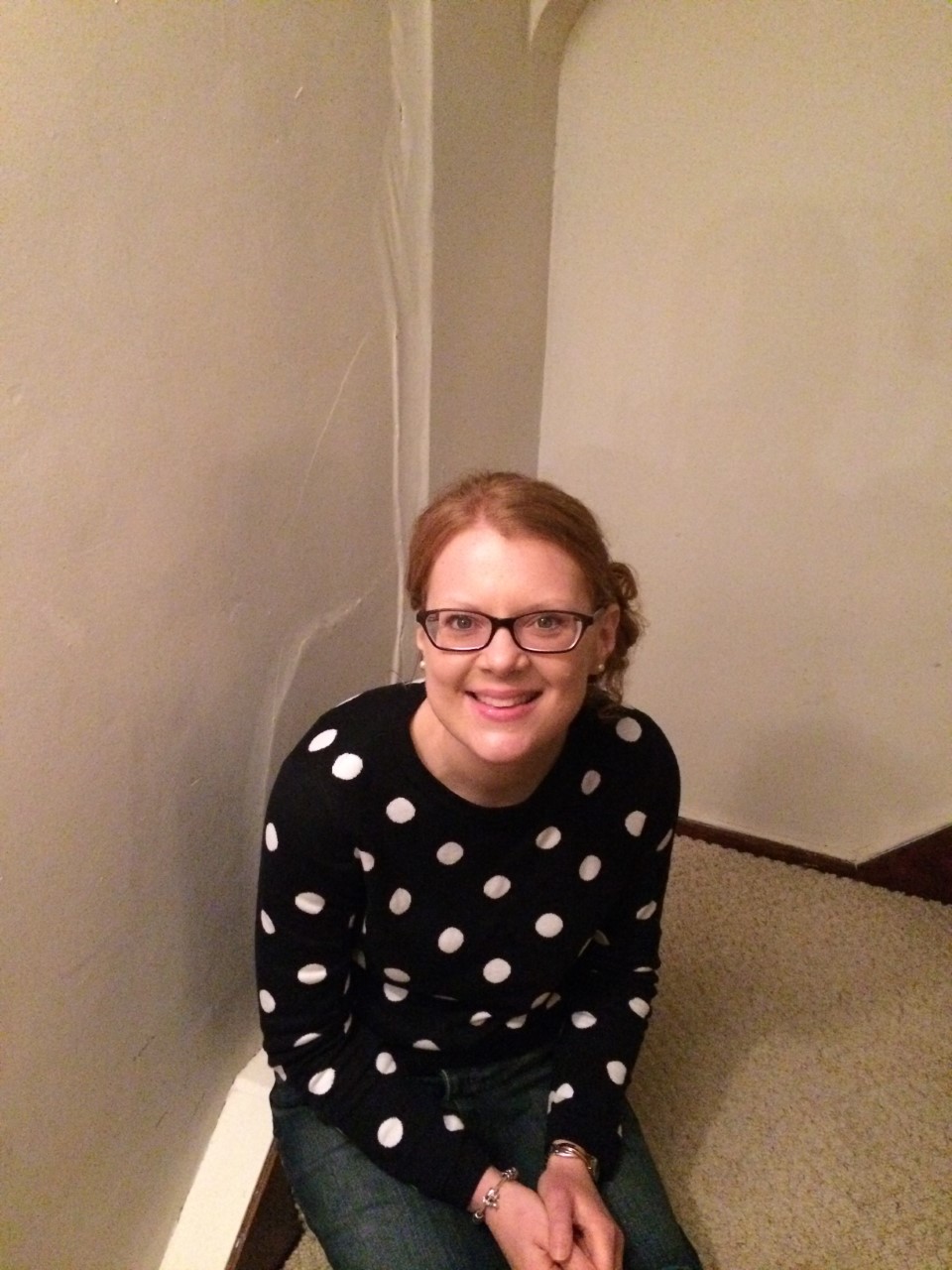6 Christmas traditions in Provence


Get into the spirit of the festive season in the south of France

While many may associate the south-eastern corner on France with wall-to-wall sunshine, fragrant lavender fields and chilled rosé wine, it also offers plenty of ways to get into the spirit of Christmas. And there’s plenty of time to do it too – the festive season in Provence lasts from 4 December until 2 February, which means two whole months of festivities and celebrations to enjoy.
1. Ste-Barbe’s day on 4 December heralds the beginning of the Christmas period when, according to tradition, wheat and lentil seeds are planted in saucers on a bed of cotton wool. This symbolises the future harvest and if the shoots grow straight and green then the coming year will be a prosperous one. The shoots are tied with a red ribbon to be used as table decorations on Christmas Eve and afterwards are placed in the family crèche (nativity scene).
2. The crèche is an important decoration throughout the region most homes display one featuring small clay figures called santons, which appeared for the first time at the Christmas fair in Marseille in 1803. Traditionally sculpted by craftsmen from wood, clay or pastry, the santons are dressed or painted to represent a variety of professions such as baker, fishmonger or shepherd, along with farm animals and the biblical characters of Joseph, Mary and the three kings.
3. Nativity scenes featuring the santons can be seen throughout Provence, from the Circuit des Crèches in the medieval village of Lucéram to the large-scale display in the hilltop town of Allauch on the edge of Marseille. Meanwhile the town of Aubagne in Bouches-du-Rhône is a centre for ceramicists and santonniers thanks to the quality of the local clay, and every December Arles hosts the Salon International des Santonniers, the largest event of its kind in France.
4. During the week before Christmas Arles also celebrates with the rather more unusual Drôles de Noëls festival, which sees puppeteers, singers and magicians performing for free in the streets while firework displays light up the skies.
5. The Provençal cache-fio ceremony takes place on Christmas Eve, just before the gros souper, the big feast served before midnight mass. For the cache-fio, the youngest and oldest members of the family choose a log from a fruit tree, which is then carried three times around the dining table before being blessed with mulled wine and lit in the hearth.
6. After the log ceremony has been completed it’s time to eat. According to Provençal tradition, the table must be set with three white cloths layered over each other, three white candles and the three saucers of sprouted seeds to represent the Holy Trinity. The first part of the meal consists of seven very plain dishes, with no meat on the table, followed by the 13 desserts. In reference to Jesus and the 12 Apostles at the Last Supper, the 13 desserts include nougat blanc and nougat noir, symbolising good and evil, along with dried and fresh fruits, calissons, made from a paste of ground almonds, candied melon and orange peel on a thin layer of wafer, and the pompe à l’huile. This olive oil flatbread is traditionally broken into servings with fingers rather than a knife, as legend has it that this protects people from bankruptcy in the coming year.
Five more French Christmas traditions
Share to: Facebook Twitter LinkedIn Email


